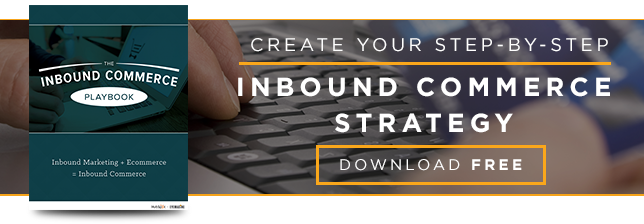
In 2003, it was estimated that there were 500 million devices connected to the Internet, with almost all of them being personal computers.
Using on the world’s population, a Cisco White Paper estimated that there was less than one connected device for every person on the planet.
By 2010, after the smart phone and tablet explosion that ensued post iPhone introduction, there was 1.84 connected devices per every human, making the number of connected devices more than the population of the world for the first time in history.
In 2015, the number of connected devices is 3.47 per person.
By 2020, it is estimated that the number of devices connected to the Internet will be 50 billion; more than 6.58 per person.
These devices are beyond PC’s, smart phones and tablets. We are quickly entering a new age of digital connectedness. Welcome to the world of the IOT.
IOT? It stands for the Internet of Things.
Unlike the release of the iPhone, which immediately sent shock waves through the world, IOT is not about a particular product. It’s not even a new technology… the puzzle pieces that comprise IOT have been evolving for some time.
Every business is going to feel the impact of this next generation of connection. If you aren’t experiencing it yet, chances are it will be tapping you on the shoulder soon.
Here are 4 things you need to know about IOT so that you’re ready for IOT.
1. Everything Will Be “Smart”
What is the new face of connected devices? They are smart objects and they are literally everywhere.
Smart objects are embedded with processors, sensors, software and connectivity that allow data to be exchanged between the object and…whatever it is connected to.
The data collected from these products can be analyzed to inform decision-making, enable operational efficiencies and continuously improve the performance of the product.
A real life example of this is the Fitbit. Fitbit is classified as wearable technology, clothing and accessories embedded with electronics that allow them to interact with their environment.

Fitbit is an activity tracker and it’s primary purpose is to communicate to the wearer how many steps they have taken that day and encourage them to take 10,000 steps a day. It sounds simple, and it is…because the goal is not to dazzle, but use this technology to give the user another utility that brings value to their lives.
Wearables like Fitbit are only the very tiny tip of the iceberg. As more items become smart objects there is more interaction between these objects, which means more data collected from disparate sources. Which brings us to…
2. More Smart Objects = More Data for Businesses
According to the Norwegian research organization SINTEF, 90 percent of the world’s data has been generated over the past two years.
Every second, over 205,000 new gigabytes are created, which is the equivalent of 150 million books.
Big data is where this gets interesting for your business. Data is becoming a new currency, and with the proliferation of smart objects and the ability to slice and dice this data, all this information can offer new and more accurate ways to predict and drive consumer behaviors.
As an example, look at our partner Hubspot. They offer a group of applications that take data, analyze it, deconstruct it, gain insights into buyer personas and allow for the automation of many aspects of the inbound marketing funnel.
3. Hyper Focused Behavioral and Personal Targeting
We know from our work with inbound marketing how important buyer personas are.
The better we can know who our ideal customer is, the better our efforts to reach and convert them.
With the growing number of smart objects and their collected data, the number of connection points to the consumer will grow as well.
This will give businesses a plethora of new opportunities to not just become more knowledgeable about their buyer personas, but also give them the ability to reach and connect with them on a personal level like never before.
Taking advantage of the data you collect and developing a strategy around it will be paramount in your inbound marketing success in the future.
4. New and Unique Ways to Market to People
Automated workflows will be a necessary component of an IOT enabled world. There is just too much data and too many touch points to manage marketing campaigns effectively without it.
As we approach this new world, now is the time to think about what you want to extract from all this data and what kind of automated marketing processes you want to put in place to take the best advantage of it.
An IOT-enabled workflow will allow you to take advantage of new trigger points and reach your customers at every stage of the marketing funnel. This will improve sales, create cost efficiencies and improve processes within an organization.
In addition, automating your marketing workflow will free up staff to exploit their creativity while machines perform the day-to-day marketing functions that are a part of the inbound marketing funnel.
IOT is a reality and will change how we do business going forward. Companies that are aware, prepare for and take advantage of the promise of IOT will be best positioned for the transformation that is ahead.

